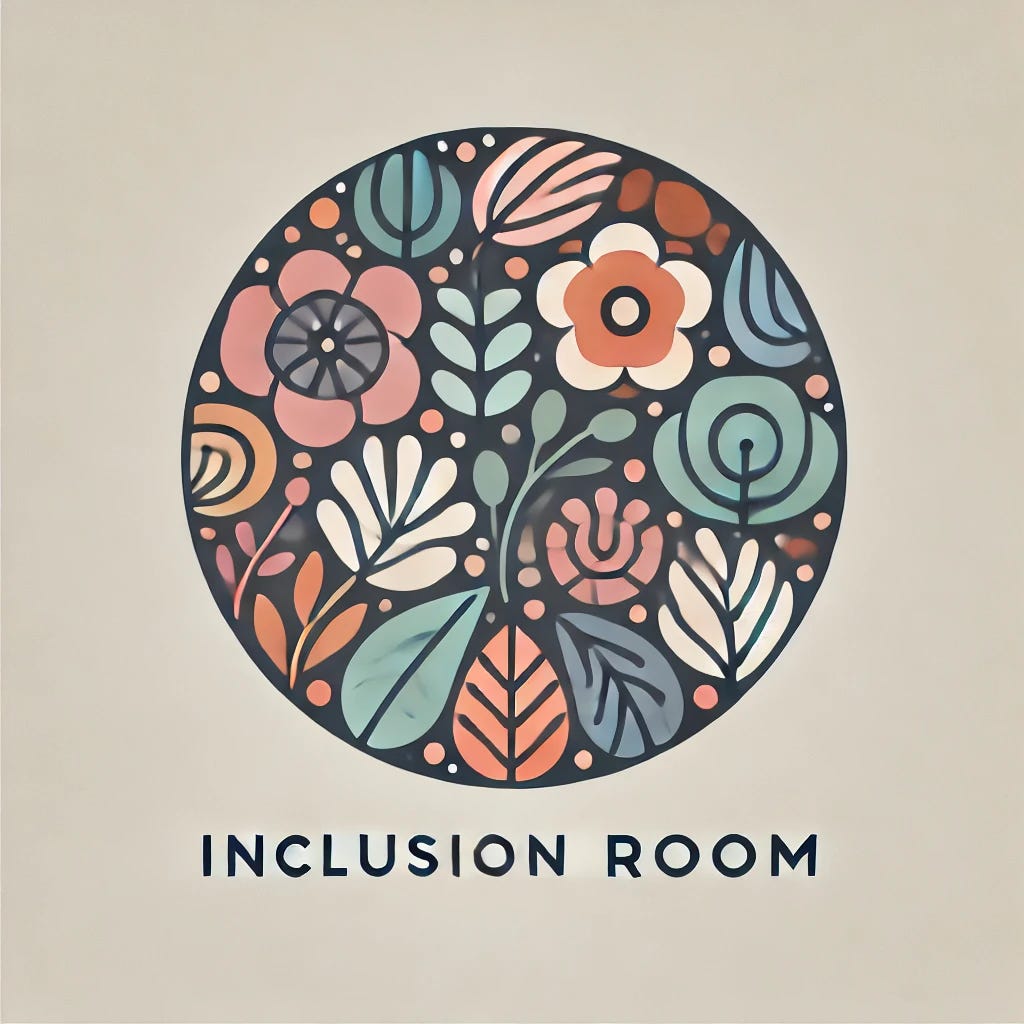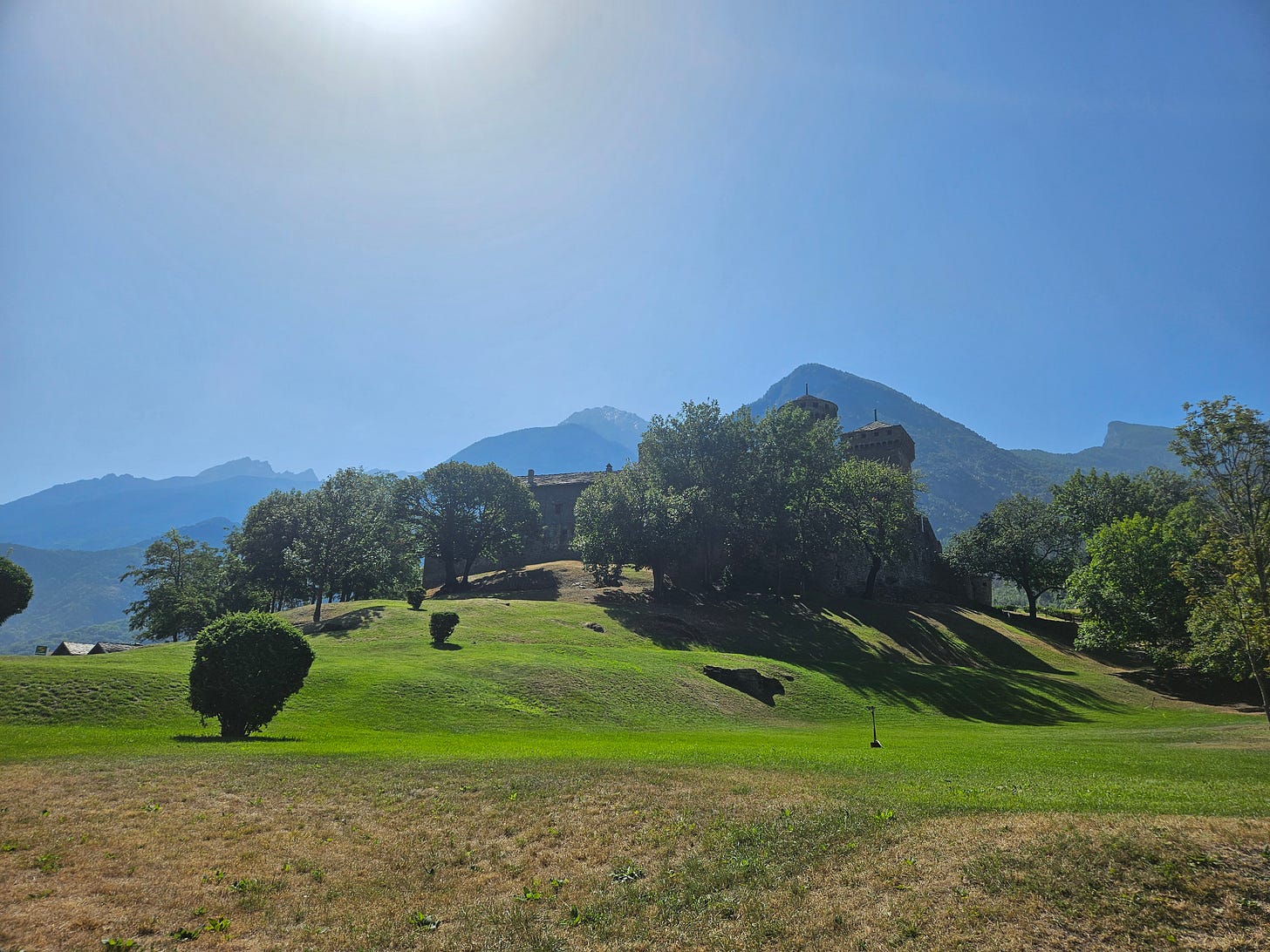Border within and without
Reflections on borderlands, languages, and belonging
Welcome to The Inclusion Room — a space where literature, science, and storytelling meet to unlock the power of diversity, inspiring both personal and professional growth.
Borders in Motion
I love visiting border regions. I travel to these places every time I can.
Perhaps because there is an invisible border within me: between my culture of origin and the one I have adopted. In border regions, languages mingle as freely as they have in my mind for the past twenty years.
Crossing a border gives me both a sense of freedom and the humility of being a guest,like stepping into someone else’s home, gently opening the door and whispering to the host: “May I? Should I take off my shoes, or can I keep them on?”
On that fine line, you can be both, one and the other, at the same time. The past blends into the present.
Borders in Daily Life
I’ve always been fascinated by bilingualism, sometimes multilingualism, in these regions. For me, coming from the last city on the continent, surrounded only by sea, it’s striking to realize how porous land borders can be, and how they let languages and cultures flow both ways, like a river that runs in two directions.
The sea brings people from afar; borders reshape the lives of those who stay.
Having learned cultures and languages by leaving and living in faraway countries, I find it curious to think that some people have always stayed on the same street, yet live their daily lives between different languages, where the notions of “mother tongue,” “administrative language,” and “official language” coexist in everyday life.
Italy offers a whole crown of borders: Liguria and Piedmont with France; Valle d’Aosta with France and Switzerland; Lombardy with Switzerland; Trentino and Veneto with Austria; Friuli Venezia Giulia with Austria and Slovenia.
Often, strips of land have been trophies of war, arranged in marriage alliances, or the outcome of political decisions. The stories of their inhabitants have crossed History, carrying with them their languages and cultures, creating a mosaic that makes each of these places unique.
I find it romantic, the courage it takes to hold on to a language when a shifting border could rip it away. To keep it close and pass it on, resisting History and Politics.
I’ve seen it first-hand:
In Trieste, I could only communicate with my B&B host in English (because I don’t speak Slovenian).
In Piran, on the Slovenian coast, I found myself reading signs in Italian.
In Étroubles, in Valle d’Aosta, a waitress spoke to us in French for the entire meal.
Once, I even joined a conversation where someone from Bari, now in Berlin, and someone from Bolzano, at Austria’s doorstep, understood each other better in German than in Italian.
These encounters blur the lines. They remind me that borders are never fixed—they are lived, exchanged, and adapted—and that languages are the clearest expression of this reality.
Borders as History
Borders have always been in motion. They shift, redraw themselves, and leave traces in the accents, languages, and daily lives of those who suddenly find themselves on one side or the other.
This summer, my love for borders brought me and my husband to Valle d’Aosta. The region carries France in its geography and language.
Valle d’Aosta itself tells a story of moving borders: once part of the Duchy of Savoy, French became its official language in the 16th century and endured even after annexation to Italy. During World War II, its proximity to France fueled autonomy movements. After the war, Italy reaffirmed sovereignty, but granted the region Special Autonomy in recognition of its cultural and linguistic distinctiveness.
Today, that story is still tangible—in conversations, in schools, on street signs. For us, it shaped the way we experienced the region, adding layers of depth to a simple trip.
Bilingual Regions for a Bilingual Couple
For us, traveling to this bilingual region is more than a curiosity, it’s a form of rest. Elsewhere in Italy, I translate to keep my husband included, or he stretches his Italian to keep pace. But in places like Valle d’Aosta, the weight lifts.
We could switch languages without the usual mental gymnastics: for him, no constant search for words; for me, no constant translating. That week felt restful for both of us—a rare moment of belonging we usually experience only in fragments.
For a bilingual couple, border regions may become spaces where both belong at the same time, where two languages feel at home like two pieces in the larger mosaic of history and culture.
If this post resonated with you, you might enjoy the extended, travel-memoir version I shared on Medium.
Borders within and without on Medium
I’d love to hear your thoughts — and a few claps are always appreciated! 👏.



